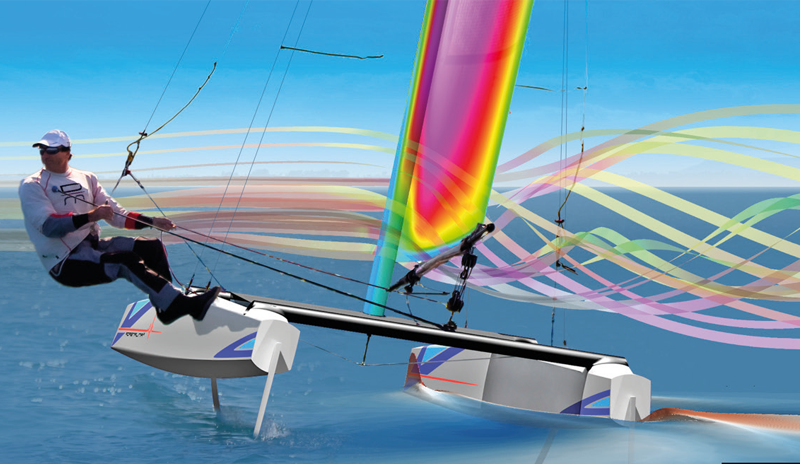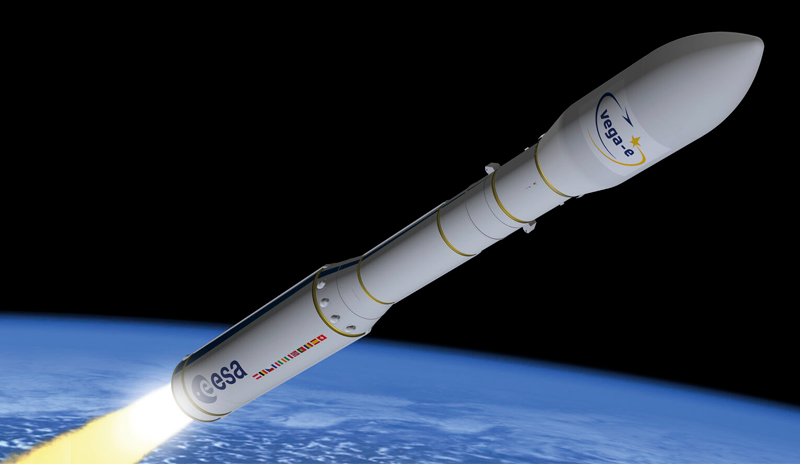The growing importance of numerical simulation in the nautical sector
Face to face with Ignazio Maria Viola and Ubaldo Cella
Futurities Year 20 n°3
By Marco Evangelos Biancolini
University of Rome Tor Vergata


The Journal of Sailing Technology (JST) is the definitive source for keeping abreast of the latest trends and technologies that are propelling the nautical sector. JST is a free, open access, and peer-reviewed journal that has become a global reference for the future of sailing thanks to its compelling content and unquestionable authority, which is why we decided to interview Ignazio Maria Viola, Editor-in-Chief, and Ubaldo Cella, member of the editorial board.
It is widely recognized that computer-aided engineering (CAE) has been playing an increasingly significant role in the marine industry in recent years. On the other hand, not many know that mesh morphing is an essential technology that can greatly improve computer simulation.
Read the article
CASE STUDY
This article is based on a collaboration between RBF Morph and AVIO to configure a numerical optimization procedure to improve the Vega E M10 engine’s performance by optimizing the methane circuit of the injector head.
aerospace rbf-morph ansys meshing